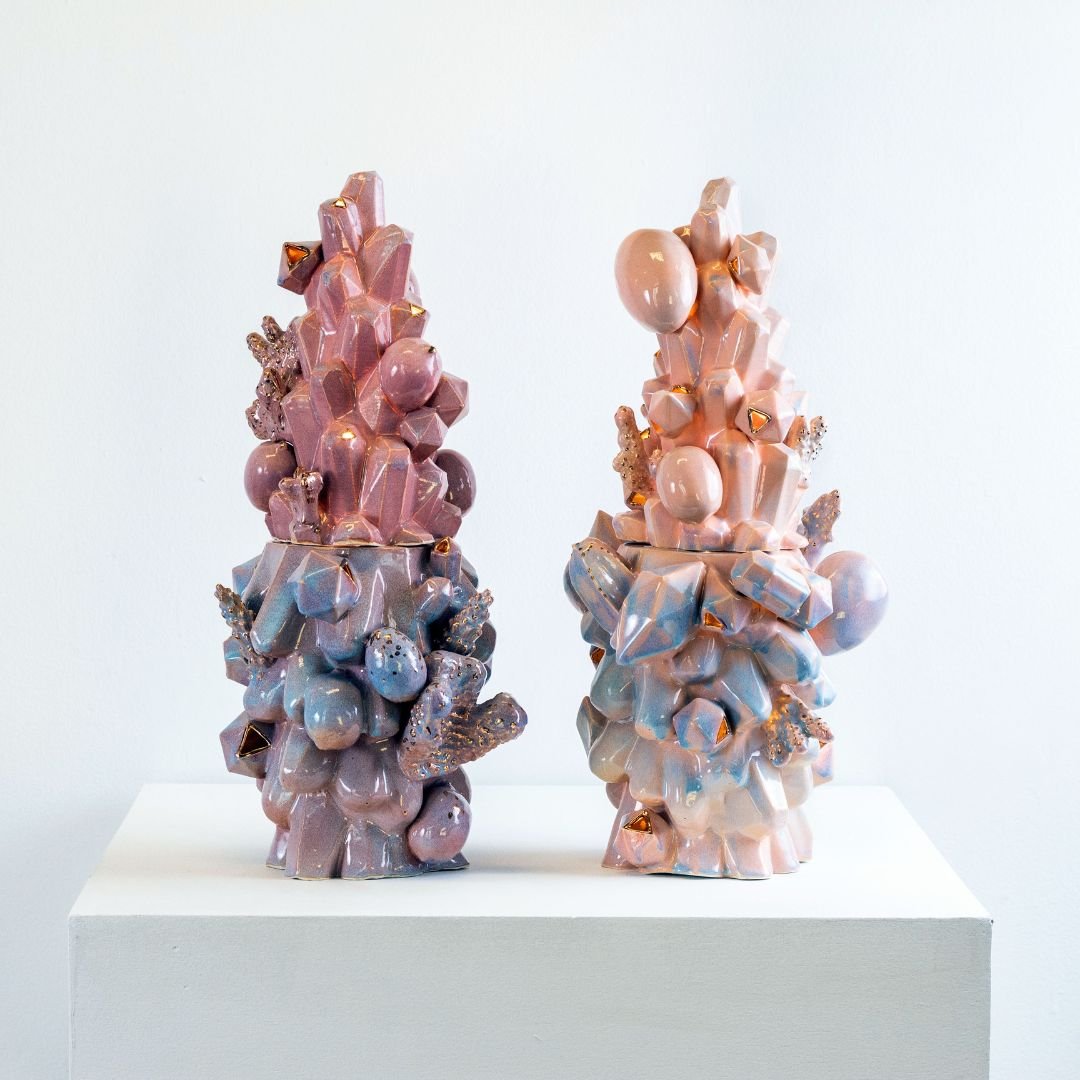Free Artist talk with Anne Yoncha
Saturday, February 8 at 2pm
Belger Crane Yard Gallery
Anne Yoncha
bio
Anne Yoncha (US) is currently Assistant Professor of Art + Painting Area Coordinator at Metropolitan State University Denver. She was born and raised in Wilmington, Delaware. After earning her MFA at the University of Montana in 2019, she was awarded a Fulbright fellowship at the Natural Resources Institute Finland, working with restorationists to make collaborative art-science work about former peat extraction sites outside Oulu. Her practice combines digital sensing technology, such as bio-data sonification, and analog, traditional processes including painting with ink she makes from locally-sourced plant matter. Her ongoing research with the HAB (High Altitude Bioprospecting) working group began in Fall 2019 at Field_Notes, a residency of Finland’s Bio Art Society at Kilpisjärvi Biological Station in subarctic Lapland, where she worked with artists, biologists, and programmers to detect high-altitude microbes using a heli-kite. Outside the studio she can often be found doing another kind of environmental “research” via bicycle.
Artist Statement
Tensioned silk cantilevered over viewers in a gallery demonstrates pressurization within a Ponderosa pine as it pumps water up against the force of gravity. Robotic sails translate changes in wind speed along the trunk of a pine into the gallery. Not-quite-flat paintings quilted within vinyl and pleather echo the slow labor of peatland mosses as they manufacture an artificial water table. An antiphonal choral performance allows us to hear differences in soil health and water content in two facing plots of extracted and restored peatland.
My practice combines digital sensing technology, such as bio-data sonification, and analog processes including painting with ink I make from locally-sourced plant matter – so the materials used in the piece add another layer of data. I make visual and sonic compositions in collaboration with plants and airborne- and soil-dwelling microbes. These visual scores play with the idea of a painting as data to be read or performed, with non-human agents as composers.
My studio research combines experimental art and ecological science to explore the mechanics of plant physiology, soil health, and our relationship with microbial life. When public understanding of ecological problems is limited, creative artists have been historically successful in uncovering background narratives, shaping how scientifically declared emergencies are perceived and acted upon.


